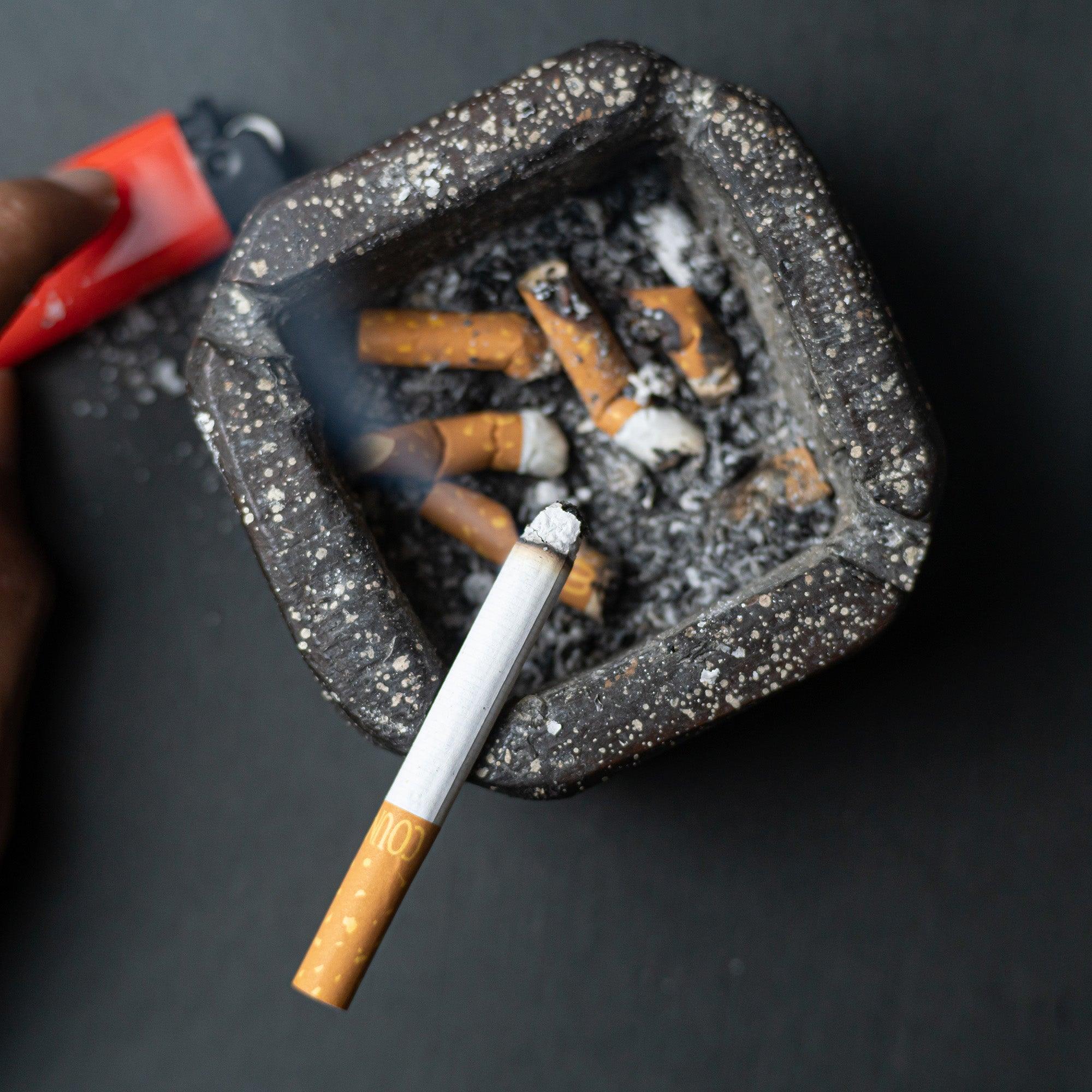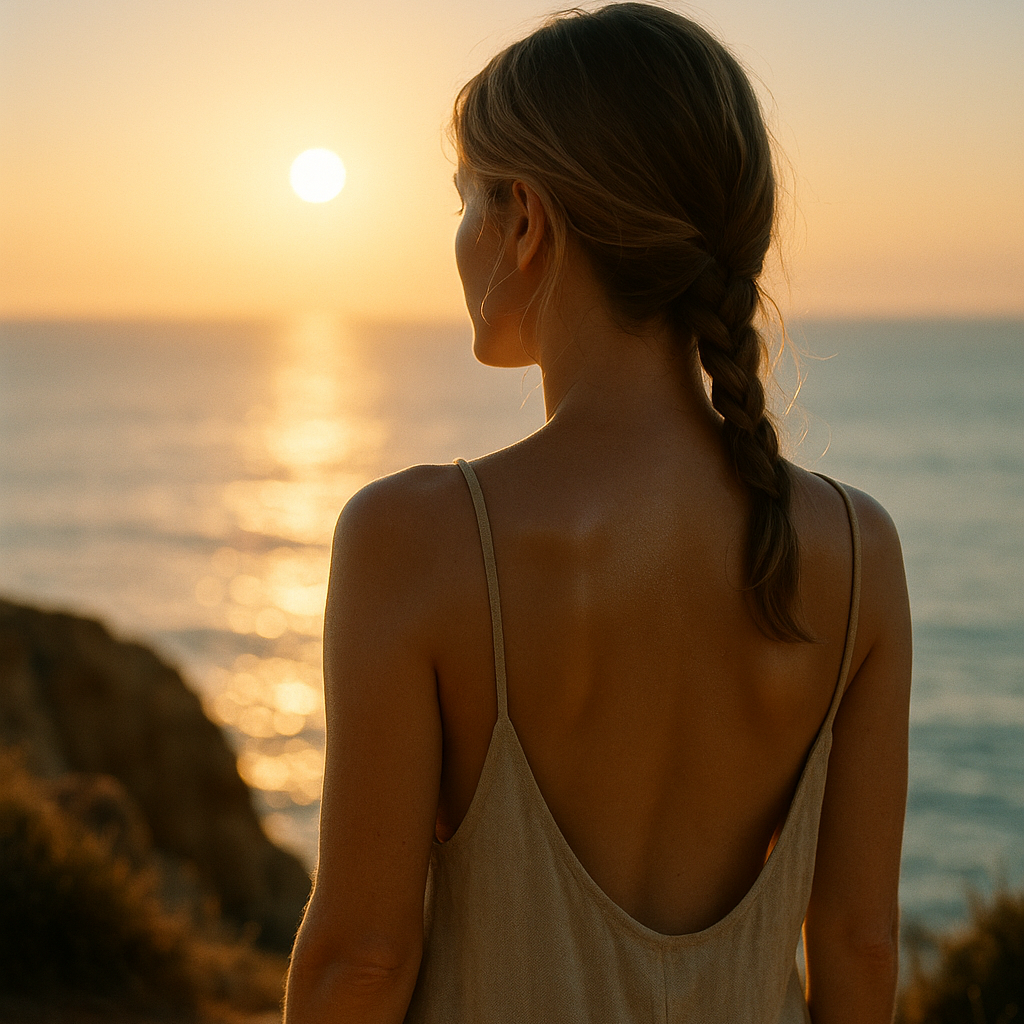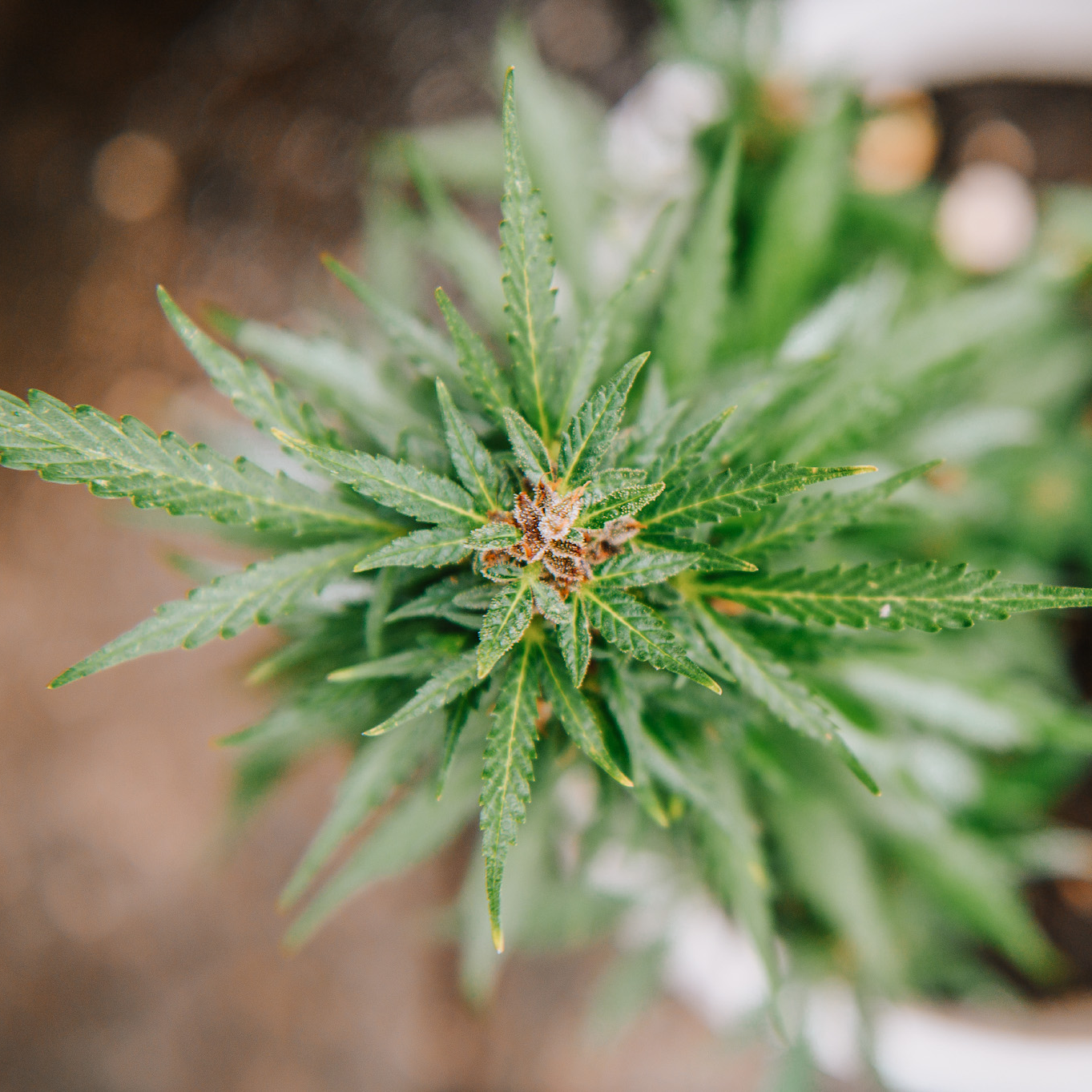The sunscreen bug and why there aren't different "races of people"

Today it is almost an accepted truth that sunscreen should ideally be used all year round to protect the skin against the "terrible UVA and UVB" radiation. Often this recommendation is supported by two specific arguments:
- UV radiation contributes to the skin getting a faster aging process.
- The risk of skin cancer increases significantly.
This is certainly true. UV radiation can accelerate the skin's aging process and the risk of skin cancer increases if you are exposed to a large amount of UV radiation. But is UV only bad and what happens if we are too afraid of the sun?
To be able to answer these questions, we must first review the history of human skin and answer the important question - why is our skin the way it is?
Let's start from the beginning. About 1.9 million years ago, we slowly began to transition from being monkeys (chimpanzees) to becoming species that more and more resemble our human species. First we became hominins, then homo erectus and finally homo sapiens.
The biggest change we went through when we went from being ape to human was losing a lot of our hair. Having a lot of hair is great. It protects us from cold, heat, UV and contributes, for example, to not needing clothes. But... If evolution is so smart. Then why did we lose our hair?
There are several different theories about this, but the most accepted one is that we needed to be able to hunt in a completely new way... When we lived as chimpanzees, we lived safely up in the trees and could thus live and thrive in that environment. When we transitioned to becoming humans, we started walking on two legs and could practically no longer live in the trees. We simply needed to adapt to a life on land.
Since we are neither strong enough to win a fight against a lion nor fast enough to outrun an antelope, we needed to have another advantage. This benefit became sweating. What happened was that our hair follicles changed and turned into sweat glands. This was a relatively simple evolutionary change and suddenly we had a competitive advantage over other animals. We could now run long distances and cool ourselves down while we ran.
If you think about it, there are very few other animals that can run long distances without stopping to cool down. This contributed to the fact that we could now chase an antelope that ran away from us, run after it and keep running until the antelope died of heat stroke. This is still today a hunting method that the last hunter-gatherers in Africa use to obtain food.
This was amazingly good. Now we could sweat and get food from it and run away from dangerous predators. But now another problem arose. As our hair follicles transitioned to sweat glands, our skin became much more exposed than it had previously been. In addition, we lived in Africa and were therefore exposed to a very large amount of sunlight.
Once again, evolution comes into play and contributes to our survival. Underneath all the hair, a monkey's skin is relatively light. When we lost our hair, our skin tone gradually changed from light to dark. The more hair we lost, the darker our skin tone became.
This did not happen because we needed to protect ourselves from skin cancer or a premature aging process. What we needed to protect ourselves against, however, was a lack of folic acid, and mainly the lack of folic acid in pregnant women. UV breaks down folic acid and if a woman has a lack of folic acid during pregnancy, the risk of the child being malformed increases. Dark skin is 5-8 times better at handling UV than light skin. Hence our light skin tone turned darker.
At this time, everything was fantastic. We walked around the savannah in Africa, without clothes and dark skinned. But... 1.8 million years later (about 90,000 years ago) some people left Africa and headed instead towards the more northern latitudes. They then went from a very UV-rich environment to an environment with very little UV. The danger of folic acid deficiency was radically reduced, but now another challenge appeared instead. Now how could we produce enough vitamin-D to survive? A deficiency of vitamin D leads b.la to fatigue, depression, poorer immune system and a weakened skeleton.
Evolution's response to this was to once again contribute to a change in skin color. This time we went from having dark skin to lighter skin instead. This is because lighter skin is 6 - 8 times better at producing vitamin D from sunlight than dark skin.
Those who therefore talk about different "human races" in our society are completely wrong. What separates a dark-skinned person from a light-skinned person is the amount of UV that this person is evolutionarily built to be in. UV determines to 86% what skin color we have.
All animals (including us humans) have had to deal with the amount of UV found in the environment in which we live. This is nothing we have been able to avoid. The reason fair-skinned people get a "tan"/darker skin in the summer is to be able to handle the increased proportion of UV that occurs during this time of year. After that, these people depigment in the fall to be able to produce enough vitamin D during the darker months. We need to have a balance with enough sunlight to be able to produce the amount of vitamin D needed but not so much sunlight that it damages our cells or amount of folic acid.
Back to the original question about sun protection and its importance to us. If you as a human are in an environment where the UV radiation is stronger than what we are evolutionarily built for, you should protect yourself from the sun.
If, for example, you are indoors 90% of your waking hours and then lie down on a beach during the holiday in July, use sunscreen. If you go on holiday to Thailand in December, use sunscreen.
But... Using sunscreen on a cloudy day in February is pure madness in my opinion. Firstly, the UV radiation during the winter months is extremely small. Also, during this time of year we need all the UV we can get to produce enough vitamin D.
On the occasions that you must use sunscreen, I recommend using clothing or a physical sunscreen that does not damage the skin's endocannabinoid system and/or microbial diversity.
I also recommend that you watch Nina Jablonski's lecture on skin color - https://www.youtube.com/watch?v=sc4OFcT5m1Y&t=3395s
Other sources:
https://evolution-outreach.biomedcentral.com/articles/10.1007/s12052-010-0257-6
https://education.nationalgeographic.org/resource/their-footsteps-human-migration-out-africa/
https://pubmed.ncbi.nlm.nih.gov/24134867/




Comments
Monica —
Tack för ett bra inlägg. Vi har slutat använda solskydd helt för några år sedan, skyddar oss på annat sätt. Men en fråga: Alla hudvårdsterapeuter säger att vi ska ha solskydd, helst spf 50 i ansiktet så vi inte får pigmentfläckar och skadar huden. Hur ser du på det? Jag vågar liksom inte släppa den riktigt då jag får lätt pigmentfläckar.